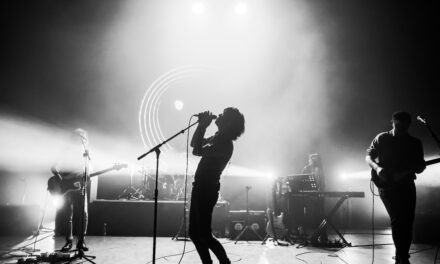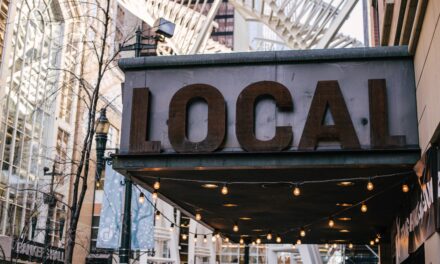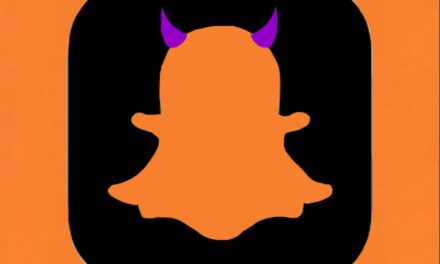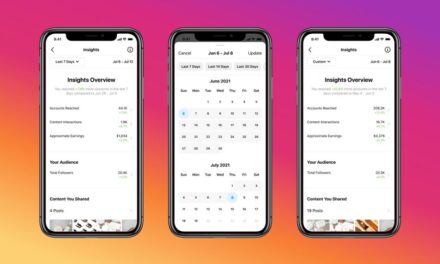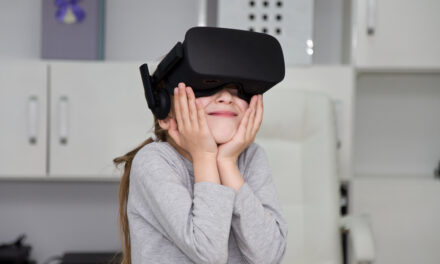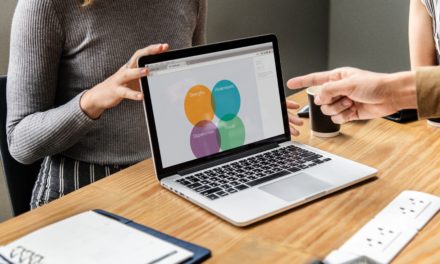By Ginna Peña, from ExchangeWire
The growth will continue

“2018 was a year of learning for programmatic buyers and sellers. Everyone became more aware of how to optimise properly; new trends arose, and buyers became more demanding with the type of inventory they were buying programmatically. 2019 seems like a promising year, with a lot of expected growth. Publishers are being forced to monitor more and more the inventory of their sites, providing a more safe environment for brands. There’s a projected growth on programmatic, as it has become a more efficient way of buying ad spaces and allowing full transparency of sites, positions of ads displayed, preview of creatives, and more self control.
“In my opinion, the digital ad spending in the United States (and LATAM) will continue to grow next year, helped by some very interesting trends. Take, for example, the decline in traditional TV advertising, to favour up and coming technologies like OTT and CTV that, at this point, are pretty much established. Add that to the growing ‘cord-cutters’ trend of the past three/four years and you have a huge shift from traditional to digital platforms on TV ONLY. This decline directly benefits the digital ad industry.”
Adriana Daantje, Head of US, Product & Operations, Adsmovil
Technology, formats and strategy
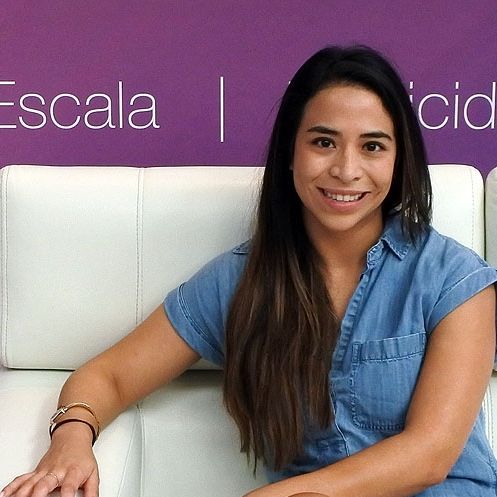
“There’s three approaches to my predictions for 2019: one is more technical as to the technology that will receive the most traction (not the most spend yet), the other one relates to formats, and the third one relates more to the strategy and decision-making for marketers.
“In terms of the technology, AI, video, AR/VR, voice activation, header bidding will be huge. In terms of AI, advertisers can benefit from machine learning for better delivery and content relevance. The key here is in vetting and working with the right partners, marketers don’t have to spend in AI infrastructure necessarily. Their focus will be in collecting and using the right first- and third-party data, to connect it with DMPs and media platforms. For AR/VR and voice activation, in terms of hardware penetration like VR headsets and home assistant speakers (Amazon Alexa), LATAM has a very low reach – it’s the second lowest region globally. But the same technology is also available in mobile phones, so that is where the magic happens and will increase through 2019. VR/AR and voice commands are redefining mobile advertising, and it presents a big opportunity for advertisers to count with the right reach, on the right screen, with top-level innovation – one that is scalable and cost-effective.
“Secondly, in terms of format, we’ll continue to see more video content in shorter duration: 10 seconds or less. Nonetheless, 2019 will be the year of both six-second ad proliferation and domination, and by the latter I mean marketers being more curious in learning and playing with the creative advantages of the format. This short duration poses challenges around storytelling, but it can be incredibly effective when attached to data and emotional-cue testing like we saw in our study recently with Realeyes.
“In terms of strategy and trends, we’ll see more marketers pose harder questions to the industry. Most of the demands will centre around performance solutions, mobile-optimised creatives that work, transparent attribution models that connect online to offline, and a more effective media mix, that does not allude to screens or formats, but audiences. Targeting the right user at the right time with the right frequency will become more demanding. The advantages of changing the way we buy media, by focusing on audience, is tremendous because we are no longer limited to just TV, mobile or desktop. So we’re able to move faster and more effectively. We can optimise media spend and drive both branding and performance altogether. Cutting certain media spend doesn’t necessarily mean decreasing your reach – quite the opposite; advertisers can gain lots of efficiency, as suggested by P&G’s Marc Pritchard.
What we currently see today is a strong video market in TV, that will command 49% of media spend in 2019 and 29% of digital spend in Brazil. For me this represents both a wake up call and an opportunity, because data shows the rise in second-screening and the lesser attention we pay to TV ads. In fact, an Ipsos study shows that in LATAM more than 50% of our time is spent looking at mobile screens while a TV ad plays, while 24% would pay attention to the TV ad.
So knowing where your video runs, when, who’s watching and if they’re watching it is crucial; that same TV ad could be running on a phone at a much lower cost, and with creative optimisations supported by pre-testing creatives. This combination of data, audience and creative frameworks will continue to increase in 2019 because advertisers are seeing the lifts in 2018 of branding, performance and user experience.
Tatiana Johnson, VP of Marketing LATAM, Teads


